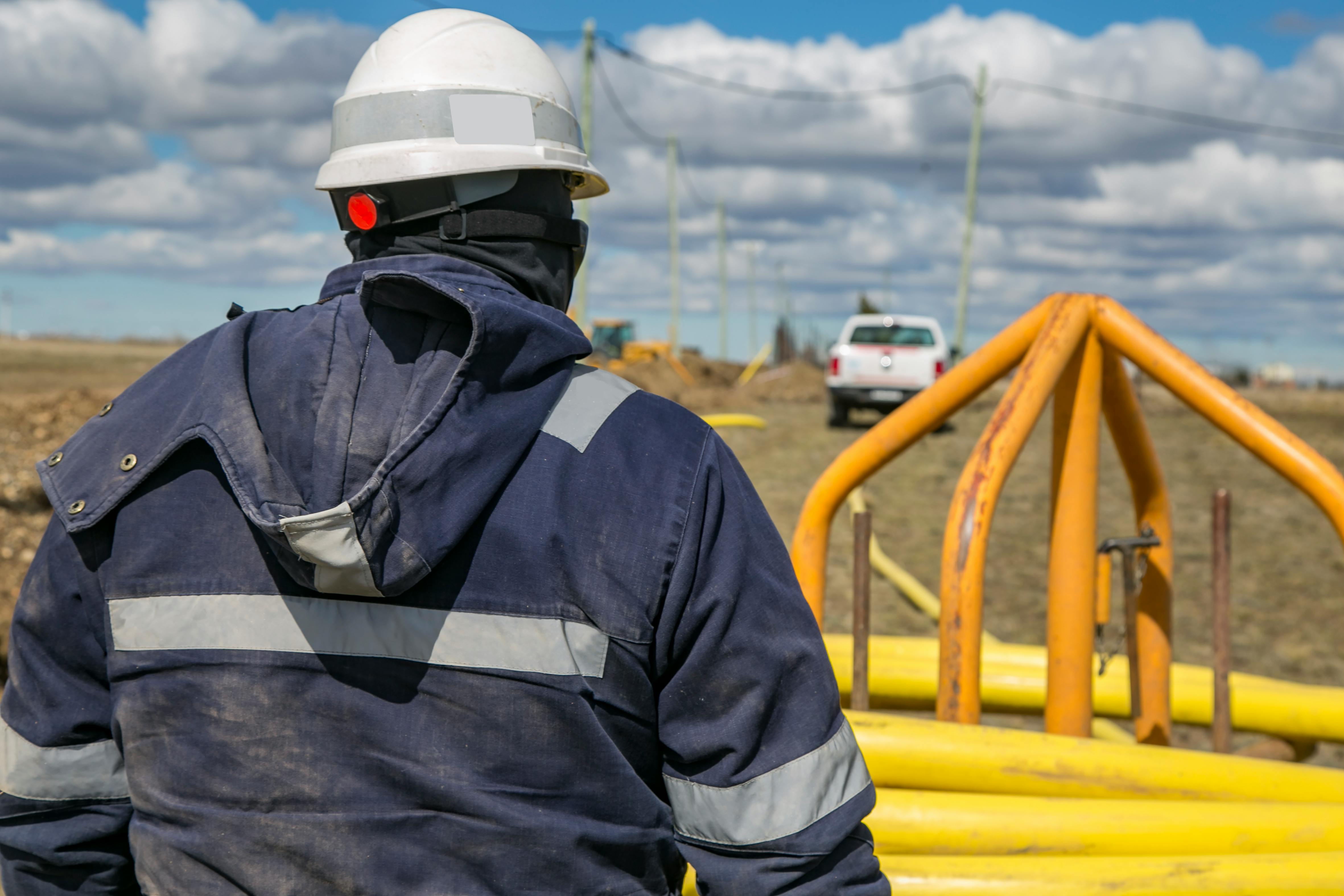
Pipeline Inspection Intervals: Balancing Safety, Cost, and Compliance
Pipeline inspections are vital to ensuring the integrity, safety, and reliability of oil, gas, and utility networks. But how often should pipelines be inspected? The right inspection interval is one that balances safety, regulatory compliance, and cost-effectiveness — without over-inspecting or leaving vulnerabilities unchecked.
📊 Why Inspection Intervals Matter
Too frequent inspections can inflate operational costs and cause unnecessary shutdowns. On the other hand, overly extended intervals risk undetected corrosion, fatigue damage, and failures that could lead to environmental, safety, and financial consequences.
Factors influencing inspection frequency include:
- Pipeline age and material
- Operating conditions (pressure, temperature, transported fluids)
- Corrosion and damage history
- Design codes (e.g., ASME B31.4, B31.8, API 1160)
🛠 Risk-Based Approaches
Modern integrity management programs favor risk-based inspection (RBI) planning. Instead of arbitrary schedules, inspections are prioritized based on:
- Likelihood of failure (LoF) – corrosion rates, material degradation
- Consequence of failure (CoF) – environmental, financial, and safety impacts
Tools like the Pipeline Inspection Plan Generator help engineers set inspection intervals tailored to asset risk profiles and compliance requirements.
⚙️ Key Standards That Guide Inspection Frequency
- ASME B31.8S
- API 1160
- NACE SP0502 (ECDA)
- ISO 13623
These standards recommend inspection frequencies based on threat assessments, mitigation measures, and pipeline type (e.g., onshore vs. offshore).
📈 How to Optimize Your Inspection Schedule
✅ Use digital tools that simulate remaining life and corrosion risk
✅ Combine data from smart pigging, ECDA, and ICDA results
✅ Adjust schedules dynamically based on inspection findings
✅ Document all decisions for audit and regulatory review
🔗 Related Tools to Help You Plan
- Fitness-for-Service Screening Tool
- Corrosion Rate & Remaining Life Calculator
- Risk-Based Sparing Strategy Tool
✅ Final Thoughts
Balancing pipeline inspection intervals is a science and an art — but with the right tools, data, and risk understanding, you can achieve a safer and more cost-effective inspection program.